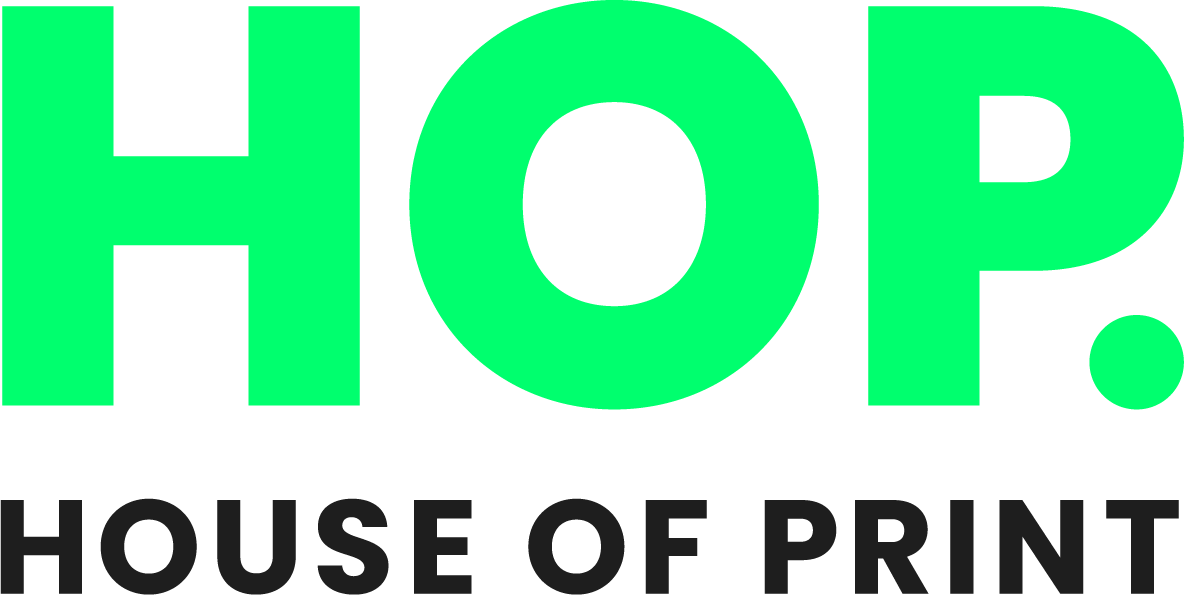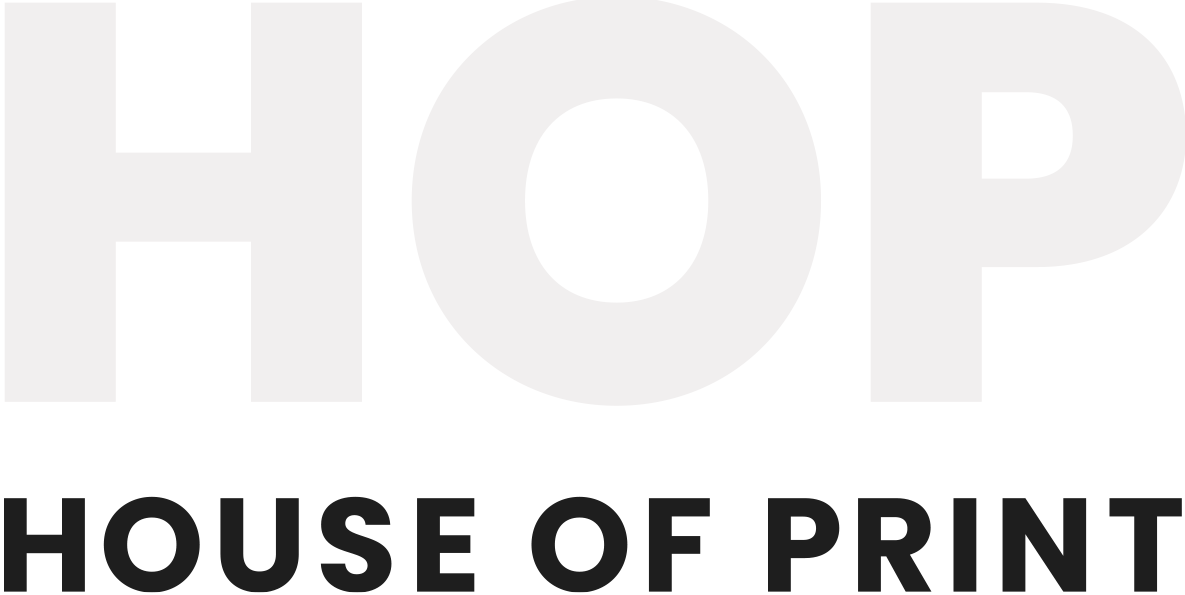ARTWORK
Although your designer will know exactly how to format your print job so it is ready for press, it’s always handy to know the basics of print-ready artwork.
BLEED
‘Bleed’ is a term that refers to printing that goes over the edge of a sheet of paper before trimming. It gives your printer a small amount of image to account for movement of the paper and design inconsistencies.
TIFF
TIFF stands for Tagged Image File Format. A Tiff is used for images that are to be sent to print. It remembers an image pixel by pixel meaning it provides a near perfect representation of the original image. Although Tiffs can run to several megabytes, they can be compressed without any loss of quality.
EPS
EPS stands for encapsulated postscript. This file format can be used for saving images for print, but Tiffs are preferable. They are a good file format for illustrations, logos etc.
JPEGS
Jpeg means joint photographic experts group. This file format compresses images to reduce file size when moving data from one computer to another. A jpeg saved at ‘maximum quality’ can be used for print but the image will still degrade slightly. Jpegs are most commonly used for digital outputs where the screen resolution permits lower quality images.
PDF stands for portable document format. This universal file format was created by Adobe Systems in 1993. PDF files are able to preserve the formats, fonts, drawings and other file components of virtually any electronic document file and present it in a universal format.
DPI (DOTS PER INCH)
DPI is the number of pieces of colour information that is available in a square inch.
FOUR-COLOUR PRINTING
The vast majority of printing is done using four colours: cyan, magenta, yellow and black (key). This is known as a four-colour process. There are some very special cases that require five colours; bright oranges or metallic colours are, for instance, impossible to produce vividly using CMYK. Your printer will always check your artwork before going to press and will let you know of any special inks you may require.
DIGITAL PRINTING
The growth of digital printing technology has brought more flexibility to commercial printing. It eliminates many of the mechanical steps required for conventional printing, including making plates, colour proofs and manually stripping the pieces together.
LITHOGRAPHIC PRINTING PROCESS
During the lithographic printing process, you design is translated onto metal printing plates using a combination of lasers and chemical reactions. Four plates are created: cyan (blue), magenta (pink), yellow and key (black). The plates are loaded into the printing press and the ink from the plates is transferred to a rubber blanket, then from the blanket onto paper.
PAPER
Choosing the right paper is vital for making sure your print job looks and feels just right. The paper is not only there to give the ink a foundation, but to also enhance the design of the image you want to portray. There are so many different types of paper available which have different applications and which vary wildly and dramatically in price and quality.
PAPER SIZES
Paper sizes come in three series: A, B and C: Envelopes
- A0 – 840mm x 1189mm B0 – 1000mm x 1414mm C4 – A4
- A1 – 840mm x 594mm B1 – 1000mm x 707mm C5 – A5
- A2 – 594mm x 420mm B2 – 707mm x 500mm DL – 1/3 A4
- A3 – 420mm x 297mm B3 – 500mm x 353mm C6 – A6
- A4 – 297mm x 210mmB4 – 353mm x 250mm
- A5 – 210mm x 148mmB5 – 250mm x 176mm
- A6 – 148mm x 105mmB6 – 176mm x 125mm
- A7 – 105mm x 74mmB7 – 125 x 88mm
PAPER THICKNESS
Paper thickness is measured by its weight in grams per square metre (gsm). A low-quality laser printer paper is usually around 80gsm whereas a business card is usually around 350gsm. Uncoated paper is usually bulkier than coated, whilst matt and silk coated papers tend to be bulkier than gloss. Your printer should be able to supply you with samples of paper to help you decide on your stock choice.
COATED PAPER
Coated paper has a coating, usually of china clay, which gives it a smooth texture. Coated papers are available in gloss, silk (sometimes called satin) or matt varieties and are used for projects requiring a sharper look.
UNCOATED PAPER
Uncoated paper doesn’t have a coating and is therefore not as smooth as coated paper. Premium-quality uncoated papers are used for business stationery and are becoming more and more popular for use in prestigious brochures and catalogues. If a crisp, vivid image is important to your print job, it is usually recommended that you avoid uncoated paper as the ink can bleed slightly into the grain of the paper giving images a slightly less sharp look.
FINISHING
The term ‘print finishing’ means anything that happens to your printing after it has rolled off the printing presses.
BINDING
Binding is the term used to describe how collated printed pages are held together as a booklet.
PERFECT BINDING
Perfect binding sees pages glued at the spine. It is suitable for larger documents of around 50 sheets or more and gives a squared off back. Paperback novels are one example of perfect binding.
SADDLE STITCHED BINDING
This is the standard form of binding. Folded pages are inserted into a folded cover and then stitched through the fold. This method is only suitable for a limited number of pages (depending on the paper weight) as using too many will result in the job buckling. Typical uses include brochures, magazines and small booklets.
SPIRAL / WIRE-O BINDING
If a document is spiral or wire-o bound, holes are drilled into one edge of the pages and a wire or plastic coil is passed through the holes to position the pages in place. It is commonly used to bind pages into notepads.
LAMINATION
Lamination is the process of applying a very thin plastic coating onto the printed sheet in either a matt or gloss finish. Matt creates a very smooth, contemporary and professional looking surface, while gloss creates a very vibrant and shiny effect. Lamination is often used to improve the durability of the printed job so is great for covers and business cards.
FOIL BLOCKING
A metallic foil is applied to a specific area of a printed sheet. A huge range of colours are available, from metallics to neons. It does increase costs, but for those special jobs, it is one of the most eye-catching finishes available.
EMBOSSING & DEBOSSING
A specific area or detail of a printed job is raised up (embossed) or pressed down (debossed) to emphasise it or to give a slightly 3D look.

